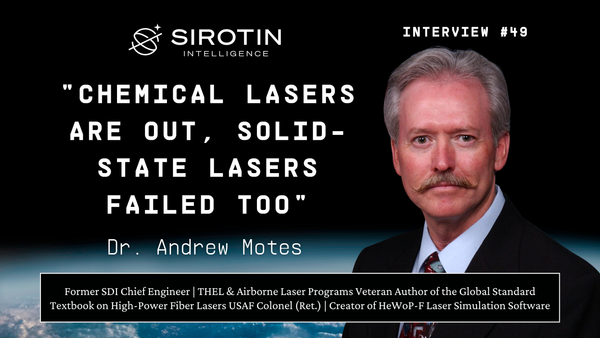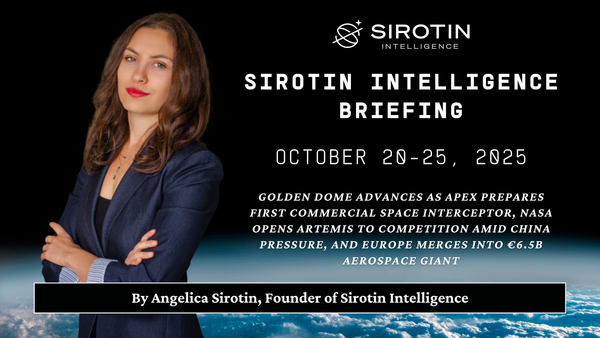LIVE with Dr. Robert Zubrin, Founder of Mars Society at New Worlds 2025: Why Mars Matters for Human Settlement
Dr. Robert Zubrin explains why Mars beats the Moon for human settlement: resources, not distance, determine destiny. Exclusive interview at New Worlds 2025.Retry
At New Worlds Conference in Austin, I sat down with Dr. Robert Zubrin, the aerospace engineer who founded the Mars Society in 1998 and developed the Mars Direct mission architecture. His plan reduced Mars mission costs from NASA's $450 billion estimates to something more achievable by manufacturing fuel on Mars and using existing rocket technology.
When I challenged him to explain why anyone should care about Mars in 60 seconds, Zubrin offered an unexpected historical parallel. "Mars compares to the Moon as North America compared to Greenland during the European era of exploration," he explained. "Greenland was closer. Europeans did reach it first, but it was not a place where a new branch of human civilization could exist."
The distinction comes down to resources. Mars has carbon, nitrogen, hydrogen, and oxygen in accessible forms. It has a 24.6-hour day, seasons, and sufficient gravity for long-term human health. The Moon lacks these basics, making any lunar base dependent on continuous Earth shipments. "Mars is the closest planet that has all the materials needed to support human settlement," Zubrin stated during our conversation.

Zubrin sees Mars settlement as essential for "expanding the creative power of humanity." He frames creating a second branch of human civilization in specific terms: "to make sure that the future is free."
This philosophical dimension runs through Zubrin's technical work. A self-sustaining Mars colony would preserve human knowledge and values regardless of Earth's fate, while potentially enabling new governance models and technologies to develop without Earth's institutional constraints.
Zubrin's Mars Direct plan demonstrated that reaching Mars doesn't require exotic technologies. By manufacturing fuel on Mars from atmospheric CO2 and bringing hydrogen from Earth, his approach used existing heavy-lift rockets and proven chemistry. NASA incorporated several Mars Direct elements into their reference missions. SpaceX's current Starship architecture follows similar principles of in-situ resource utilization.
The timing has become concrete. SpaceX currently targets uncrewed cargo missions to Mars in the 2029 launch window, with crewed missions potentially following in 2031 or later. Blue Origin and other companies continue developing complementary technologies. The infrastructure for Mars settlement is being assembled now, piece by piece.
"The reason why it is important that we help create a new branch of human civilization," Zubrin told me, "is to expand the creative power of humanity and to put our own stamp on the future." Previous frontiers have driven innovation, from agriculture emerging in river valleys to navigation technologies born from oceanic exploration. Mars could serve a similar catalytic role, though the specifics remain uncertain.
During our 60-second exchange, Zubrin's argument reduced to material realities: carbon for plastics and fuel, nitrogen for agriculture, accessible water ice. These resources determine what becomes possible over decades of settlement.




